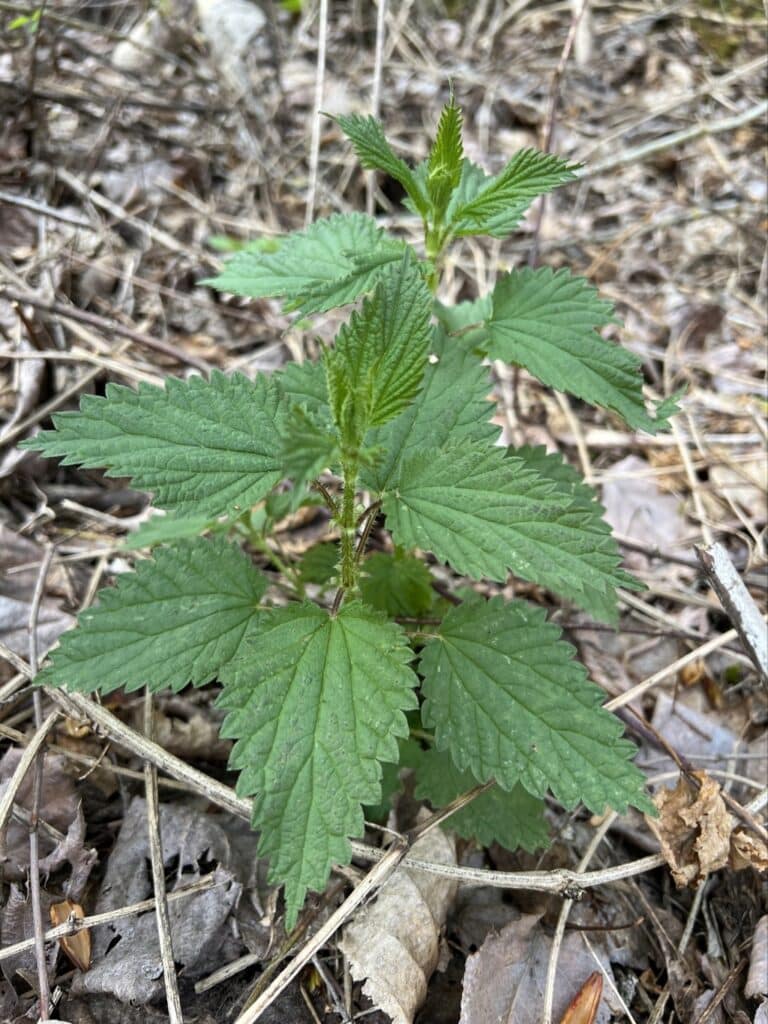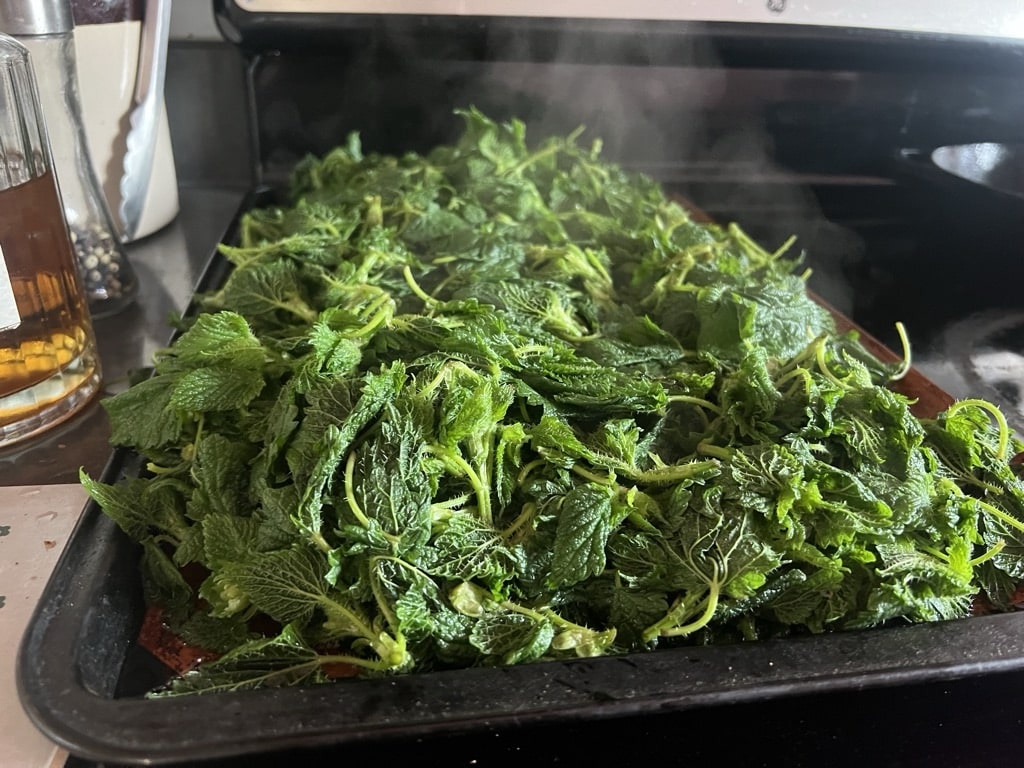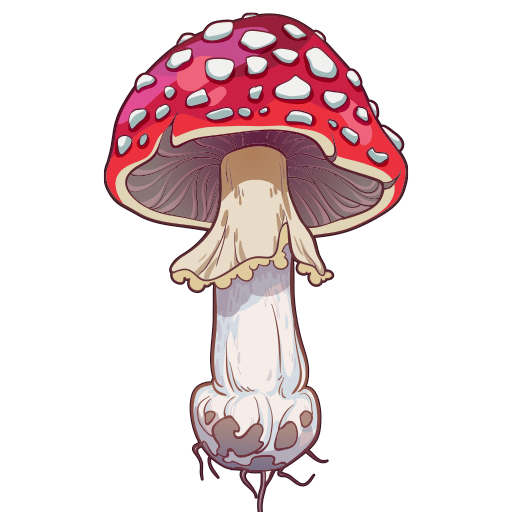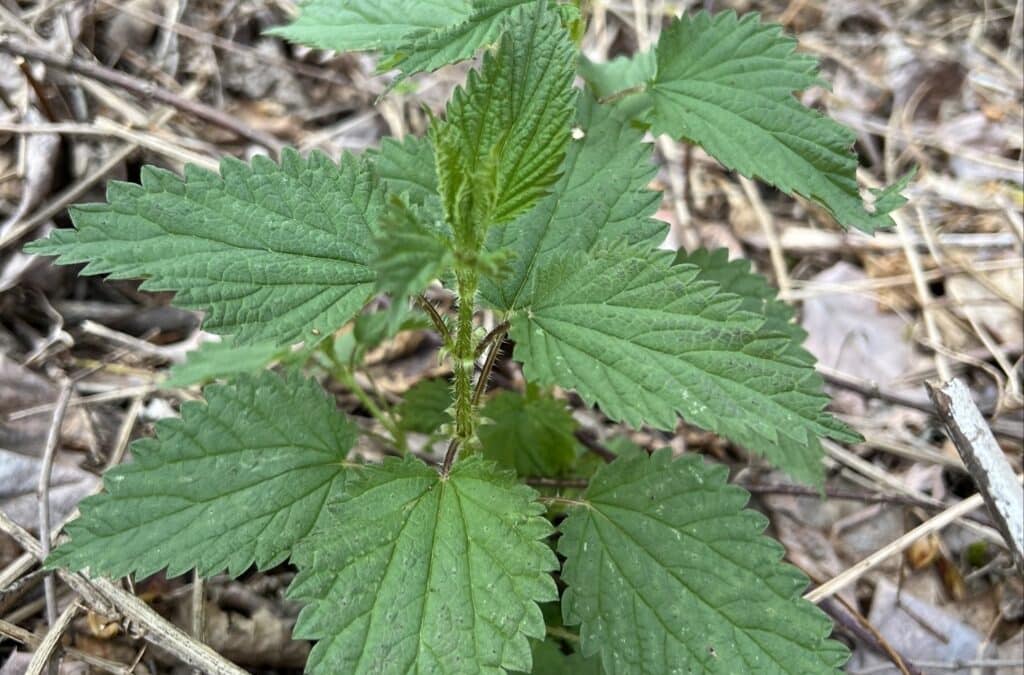Before most edible spring mushrooms start flushing here in the Pacific Northwest we start to see stinging nettles. In fact, one of my most anticipated signs of spring are the nettles popping up in the green spaces around our home in NW Seattle.
The deep emerald color of nettles are a herald of warmer times to come, and foraging nettles gives us a first taste of the nutrient rich plants that will soon be abundant as the weather warms and the days grow longer.
For anyone whose only experience with stinging nettles has been the “stinging” part, it can be very difficult to get your mind around eating these beautiful but dangerous little plants. Once you learn how to pick nettles with caution and prepare them appropriately (it’s very easy, I swear!) the reward far outweighs the risk.

First, be sure you are confident in your identification of nettles. They’re a fairly easy plant to ID once you’ve had a little practice, so get out your trusty local plant ID book, check online resources like inaturalist or Seek, and ideally take an experienced friend with you the first time you go foraging. Being prepared when foraging nettles is crucial to avoid the sting! I take heavy gardening gloves, wear long sleeves and pants, closed-toe shoes, and bring scissors for cutting them and a sturdy plastic bag for storing them (most of these items I’ve added after learning the hard way of not having them).
When picking nettles I prefer cutting off and taking just the top 2-3 dyads of leaves, which are the most tender. I also leave at least half of the nettles I see undisturbed for other foragers or critters that will come along after me – which is never a problem given the abundance of this plant in the locations where we pick. Be careful to pick in areas that haven’t been sprayed with chemicals or where other pollutants might be prevalent. For us, that means avoiding most parks within the city limits or green spaces alongside busy roads.
If you do happen to have some bare skin come in contact with the nettles, washing the area quickly with soap and water has been the most effective treatment for me. I’ve also read that applying baking soda can help. There’s a lot of information about treatment online, but hopefully you can avoid this step by being prepared.
Nettles freeze very well, so I tend to pick a couple of gallons at a time and prep them for use throughout the summer, but even a small handful of nettles would be enough to make a delicious addition to one of your favorite meals. The same evening I picked the nettles, I like to leave them outside overnight to give the tiny bugs we inevitably brought with us a chance to escape. You can also leave the nettles inside your house in a pot with a tight light overnight, then take the lid outside to release the critters in the morning. Just don’t leave them uncooked and uncovered inside (unless you’re ok with some extra critters in your house).
Cooking nettles is critical to neutralize the oils that create the stinging feeling on your skin – never try eating them raw! I always blanche nettles for 2 minutes in boiling water, then may cook them additionally if stir frying or adding them to a dish that needs further cooking. They’re a hardy green so in my experience handle this just fine.
First, I give the nettles a quick rinse to get rid of any final critters or forest debris that might be in the pot, being careful not to touch them with bare hands, then I blanche them. To blanche, simply bring water to boil, add enough nettles so that they can all be submerged in the boiling water (use tongs – not your bare hands!) then leave them in the water and let soak for two-three minutes, stirring with tongs or a long-handled utensils. I then remove the nettles with tongs, let them dry a bit on a cookie sheet, and then get ready to use or freeze them. I like adding 1-2 cups to freezer containers or ziplock bags to use throughout the summer in a variety of dishes, from adding them into turkey meatballs to using them as a side dish like I might use spinach or broccoli. Nettle pesto is also a favorite, so I’ll make a large batch and freeze in smaller serving sizes for quick dinners in the coming months.

In addition to being tasty and beautiful, nettles contain calcium, protein, and iron, as well as vitamins A and C. In our household, these little powerhouses are the perfect way to welcome the spring season and remind ourselves of the abundance around us in nature, and the respect that we must give to enjoy it.

